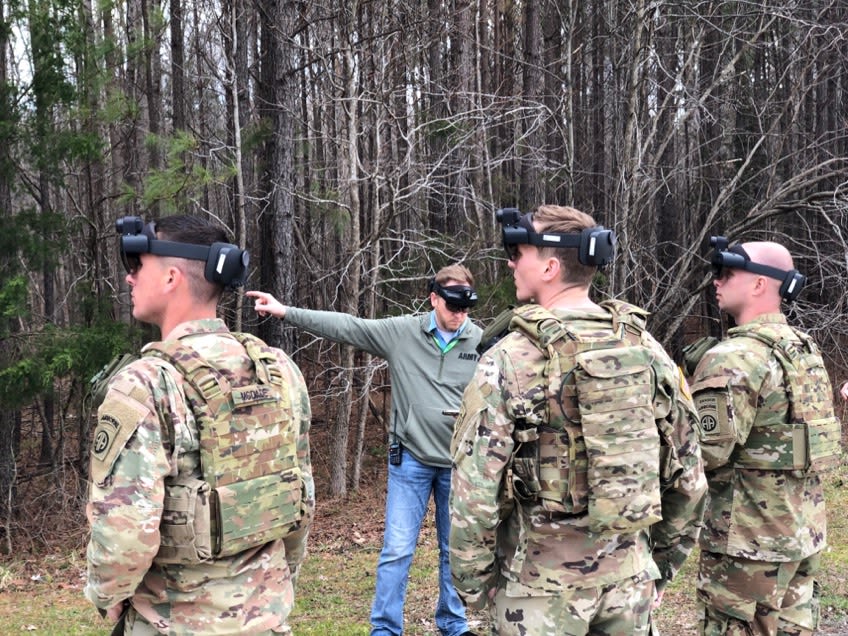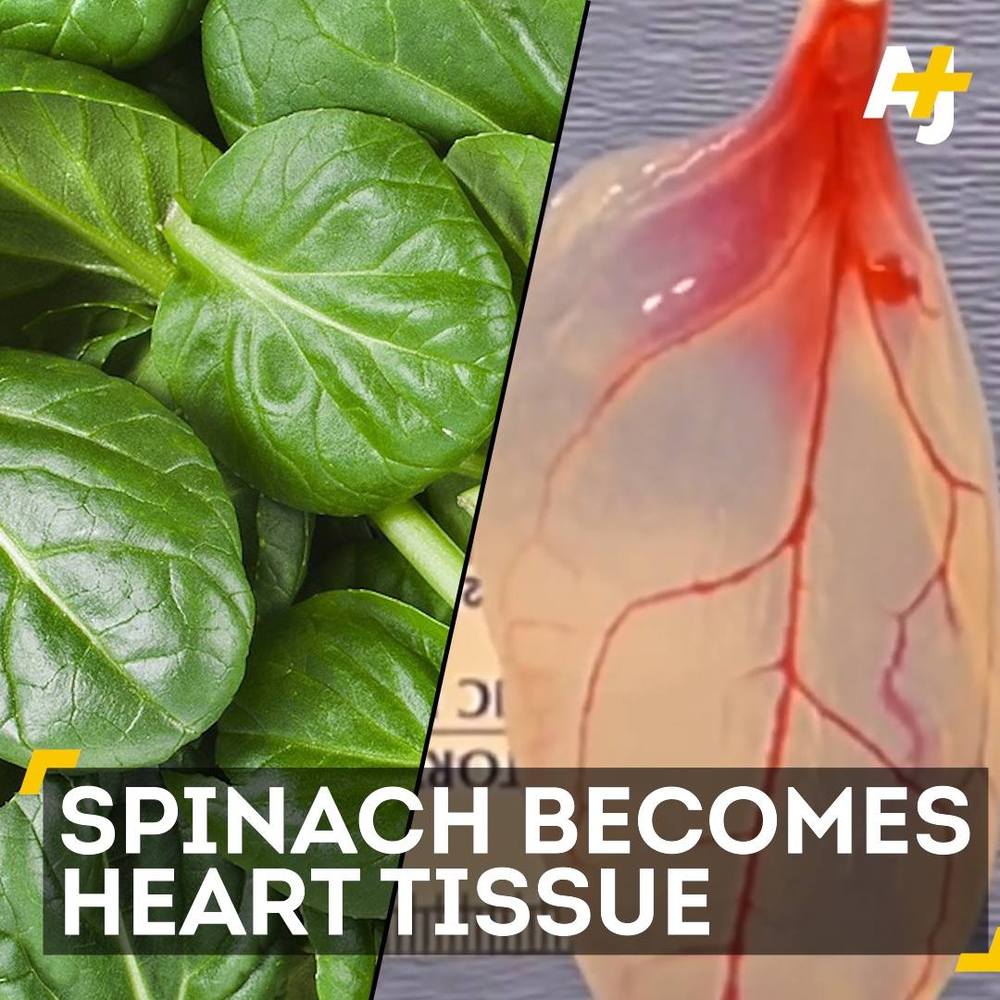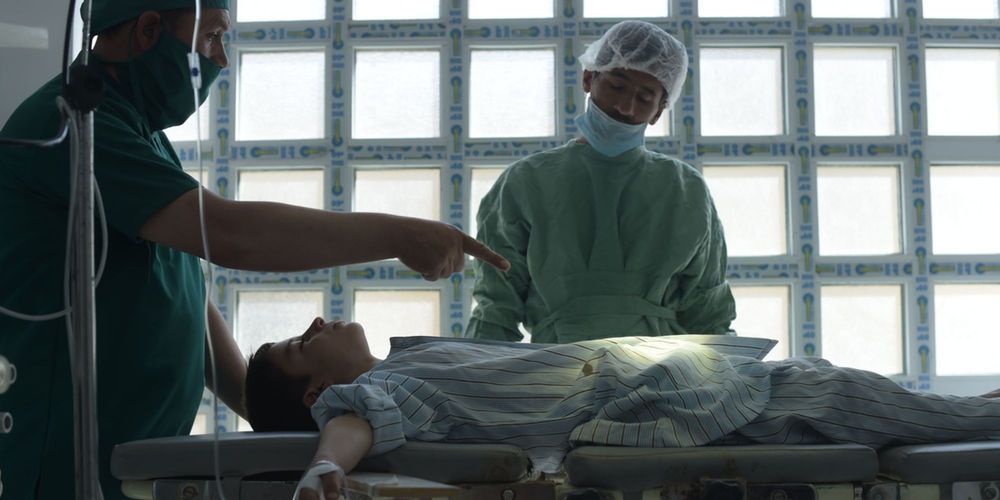Apr 6, 2019
‘Molecular surgery’ gives pain-free operations
Posted by Genevieve Klien in category: biotech/medical
Usually, this kind of surgery involves cutting and suturing, which is painful and leaves scars. Now, researchers at Occidental College in Los Angeles and the University of California, Irvine, have reshaped tissue with no incisions or scarring, and minimal recovery time.
It could be useful for cosmetic surgery – such as reshaping a nose or ear – but also for problems such as immobile joints and poor eyesight.


















